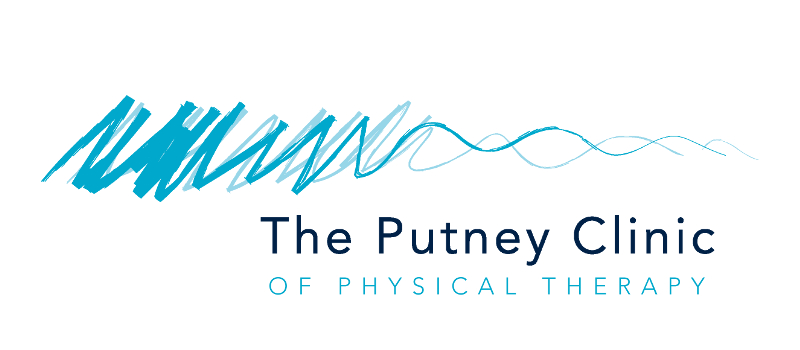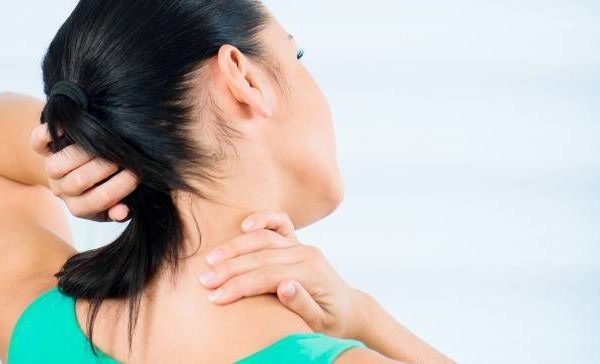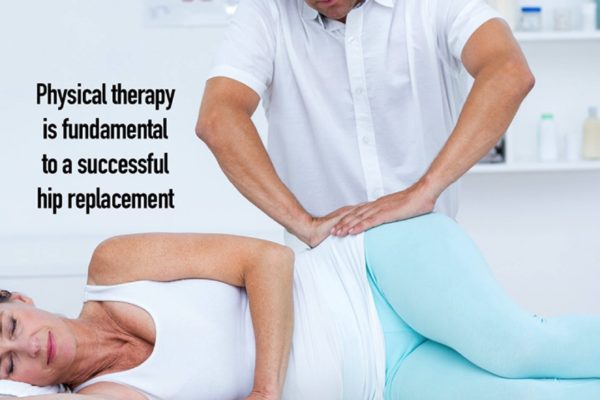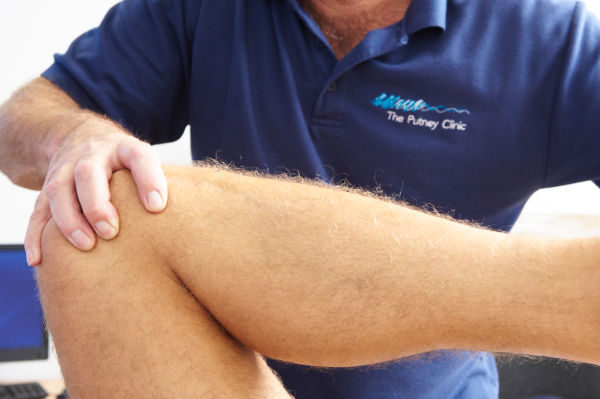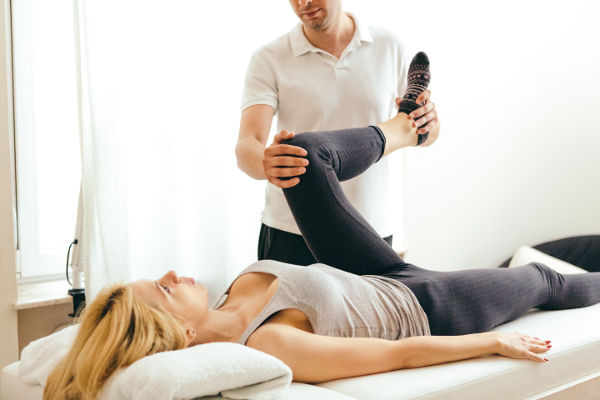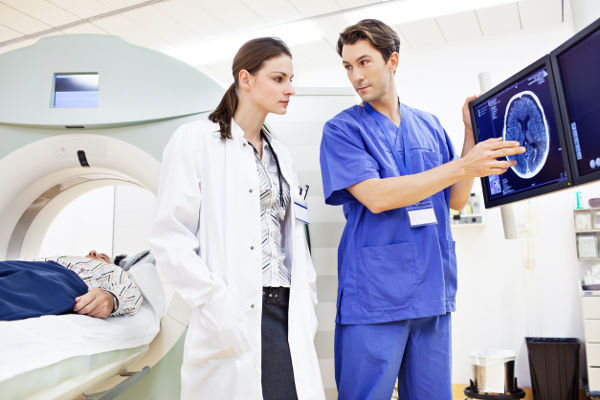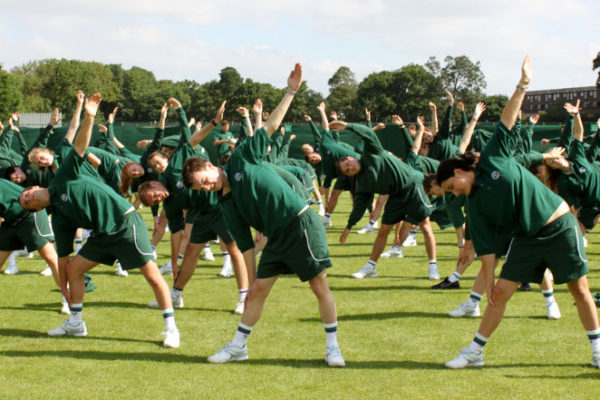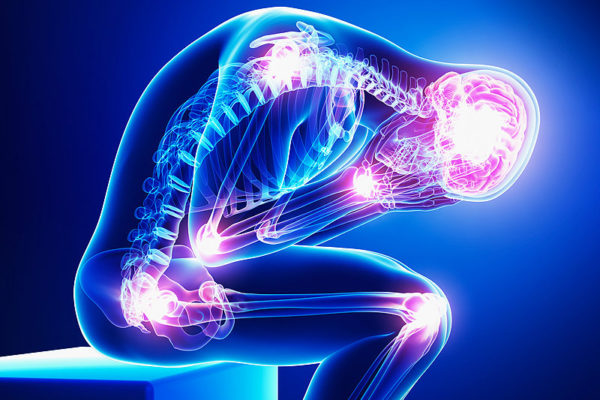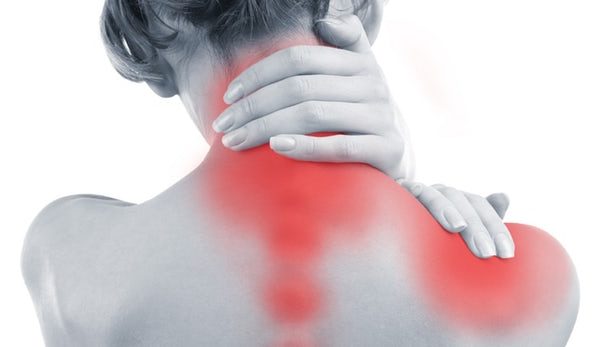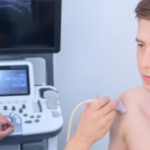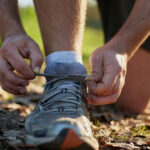Neck Stretching Exercises
The exercises below help to stretch some of the muscles around the neck. Having good flexibility will help balance the loads and strains on your neck joint. It is particularly important that there is good balance in the muscles around your neck, so that they are able to hold your neck vertebra and joints in good alignment. You should always be guided by your physical therapist who may add or delete exercises or stretches for your specific injury phase and…
